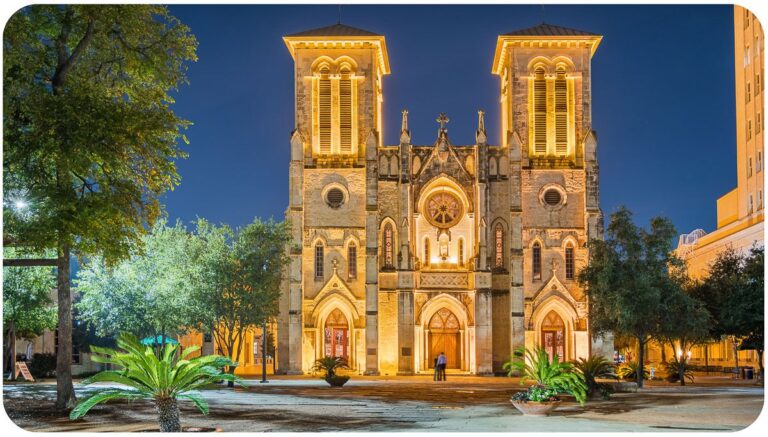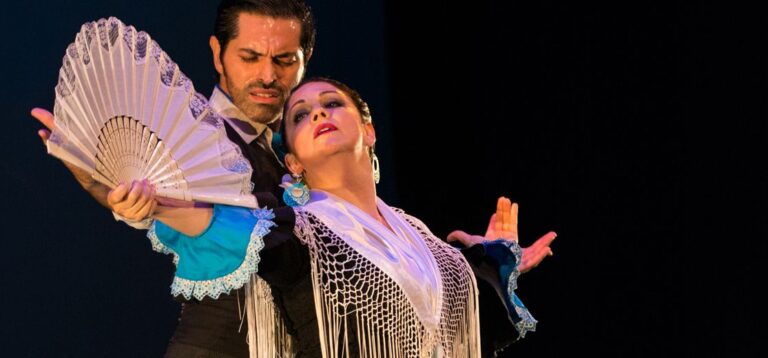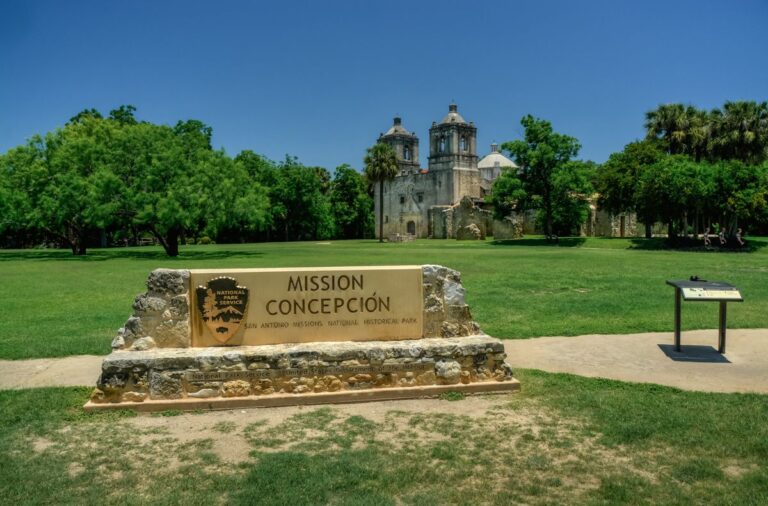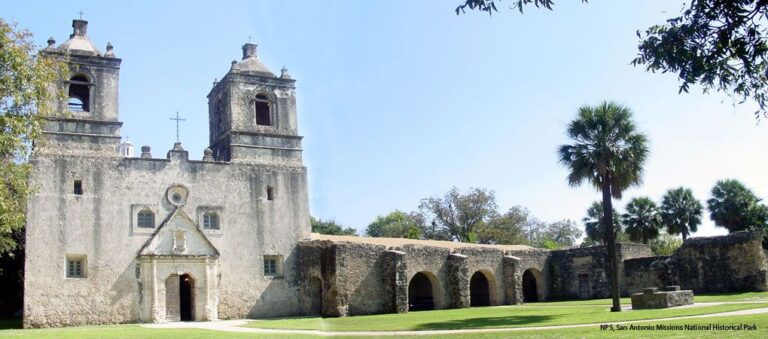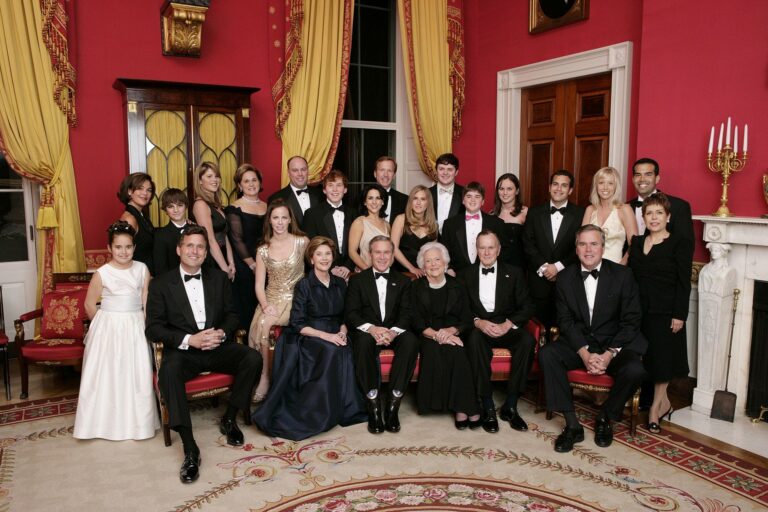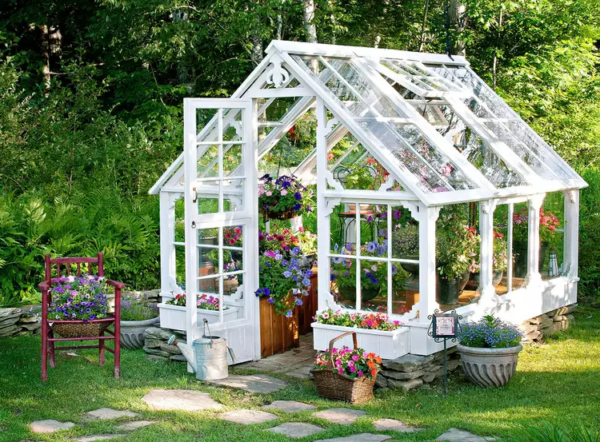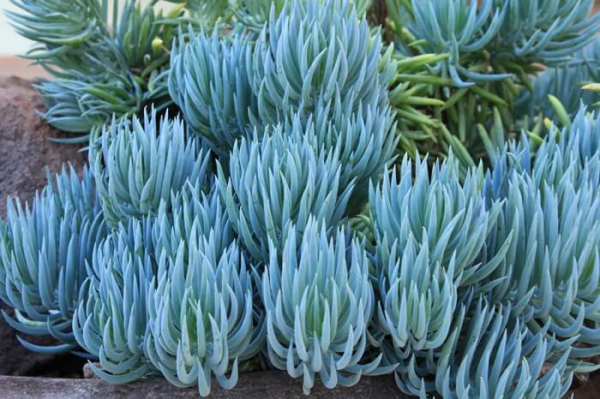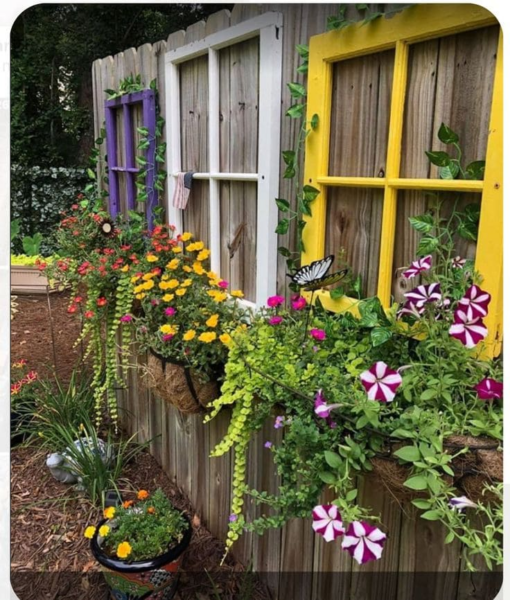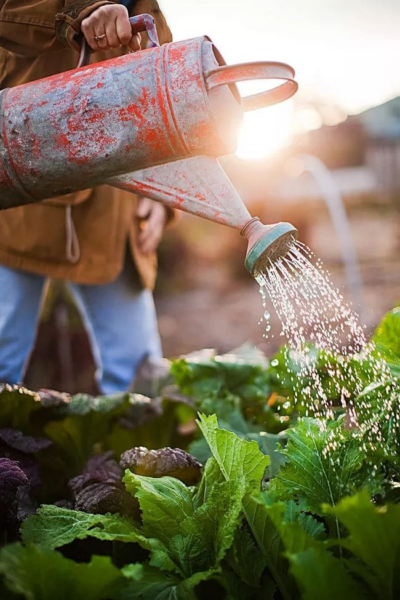Spanish Cultural Heritage Through Traditional Festivals in Texas
Texas is a state where history and culture blend seamlessly to create a rich and vibrant identity. Among the many influences shaping Texas, Spanish cultural heritage stands out as a cornerstone. From the architecture of missions to culinary traditions and vibrant festivals, the Spanish legacy is alive and thriving. One of the most dynamic ways this heritage is celebrated is through traditional festivals that honor Spain’s lasting impact on the Lone Star State. These events not only highlight the historical connection but also foster community spirit and cultural pride.
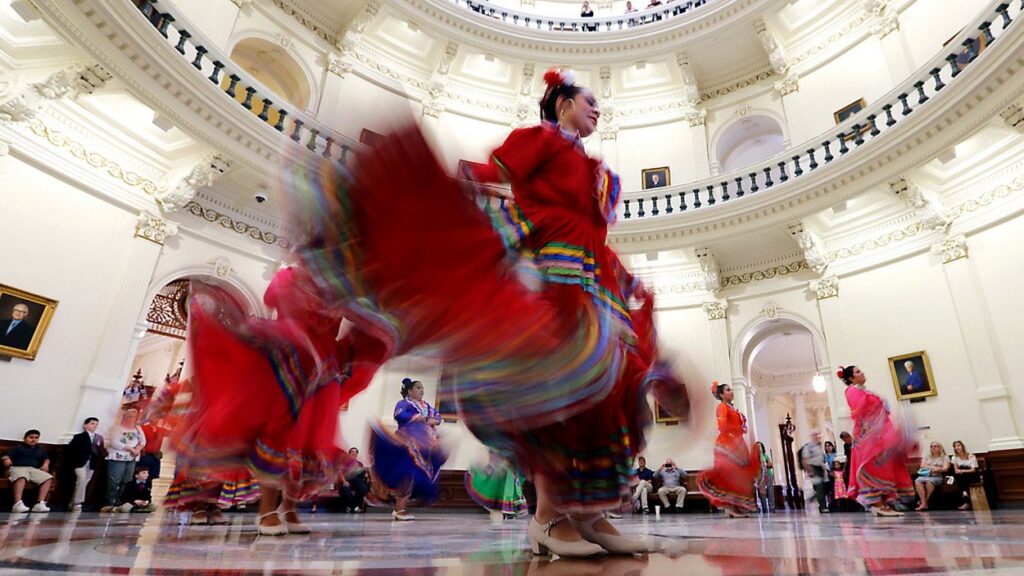
The Enduring Legacy of Spanish Influence in Texas
The Spanish presence in Texas dates back to the 16th century, when explorers such as Alonso Álvarez de Pineda mapped the Gulf Coast, and missionaries established settlements. Over the centuries, Spain’s cultural footprint has grown deep, influencing everything from place names like San Antonio and El Paso to architectural marvels like the San José Mission.
One of the most enduring contributions of Spanish culture is its emphasis on festivals. In Spain, festivals often blend religious observances with communal celebrations, a tradition that has found a natural home in Texas. These events serve as a bridge between past and present, honoring the Spanish settlers while adapting to the multicultural vibrancy of modern Texas.
Spotlight on Spanish-Inspired Festivals in Texas
1. Fiesta San Antonio: A Crown Jewel of Spanish Heritage
Fiesta San Antonio, celebrated every April, is the epitome of Spanish-inspired festivities in Texas. Established in 1891 to honor the heroes of the Alamo and the Battle of San Jacinto, this 10-day event has grown into one of the largest and most iconic celebrations in the state.
Key Highlights:
- Parades: The Battle of Flowers Parade, a cornerstone of the festival, is led predominantly by women and features colorful floats adorned with floral decorations.
- Music and Dance: Expect vibrant flamenco performances and mariachi bands, blending Spanish rhythms with Texan flair.
- Cuisine: From Spanish staples like paella and tapas to Tex-Mex favorites, the culinary offerings are a feast for the senses.
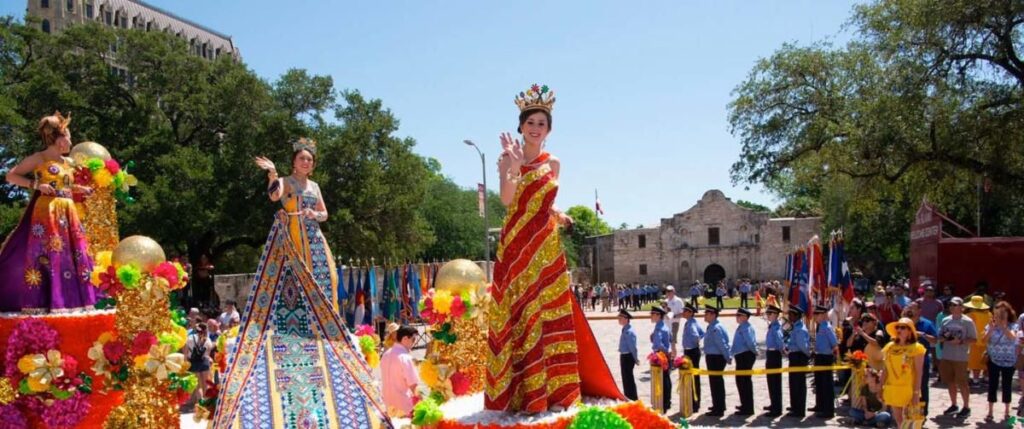
Source: spectrumlocalnews
2. Día de los Muertos: Honoring Ancestors with Spanish Roots
Though primarily associated with Mexican culture, Día de los Muertos (Day of the Dead) has strong Spanish influences. Celebrated in cities like Austin, San Antonio, and Houston, this festival blends indigenous and Spanish Catholic traditions to honor the departed.
Key Highlights:
- Altars (Ofrendas): Adorned with marigolds, candles, and photos, these altars often include Spanish elements like rosaries or Iberian-style artwork.
- Processions: Inspired by Spanish All Saints’ Day traditions, many communities host candlelit processions.
- Art and Music: Flamenco guitarists and Spanish poets often contribute to the event’s artistic landscape.
3. Texas Folklife Festival: A Tapestry of Cultures
The Texas Folklife Festival in San Antonio celebrates the state’s multicultural heritage, with Spanish culture taking center stage. Visitors can immerse themselves in Spain’s traditions while exploring how they blend with other cultural influences in Texas.
Key Highlights:
- Flamenco and Sevillana dance performances.
- Interactive workshops on Spanish crafts such as ceramics and embroidery.
- Culinary delights like churros con chocolate and gazpacho.
4. Feria de Sevilla in Texas
Inspired by Spain’s Feria de Abril in Seville, this festival brings the spirit of Andalusia to Texas. Held in select cities, the Feria features traditional Spanish dresses, music, and cuisine.
Key Highlights:
- Traditional Costumes: Participants wear flamenco dresses and suits reminiscent of the Andalusian fair.
- Casetas: Tents or booths offering Spanish tapas, sangria, and live music.
- Horse Parades: A nod to Spain’s equestrian traditions, riders showcase their skills in elaborate outfits.
5. Cervantes Festival in Dallas
Celebrating the legacy of Miguel de Cervantes, the author of Don Quixote, this festival is a tribute to Spanish literature and arts. Held annually in Dallas, it features theatrical performances, book readings, and art exhibitions.
Key Highlights:
- Staged adaptations of Don Quixote and other Spanish literary classics.
- Workshops on Spanish language and calligraphy.
- Exhibits showcasing Spain’s Golden Age art and culture.
Spanish Traditions in Food and Drink
No festival is complete without food, and Spanish-inspired dishes play a starring role in Texas celebrations. From savory to sweet, these delicacies transport attendees to Spain’s vibrant culinary landscape.
Popular Spanish Dishes at Texas Festivals:
- Paella: A rice dish with saffron, seafood, and vegetables, often cooked in massive pans during live demonstrations.
- Churros: Fried dough pastries, served with thick chocolate dipping sauce.
- Tortilla Española: A Spanish omelet made with eggs, potatoes, and onions.
- Sangria: A refreshing drink made with red wine, fruit, and a hint of brandy.
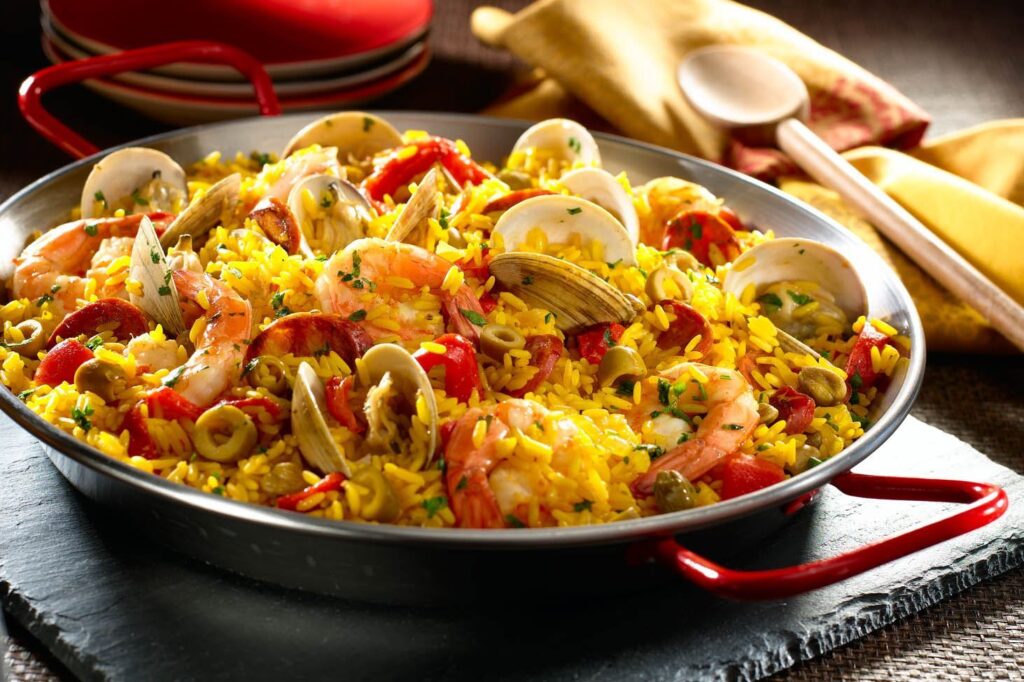
Source: goya
The Role of Flamenco in Spanish Festivals
Flamenco, a quintessential Spanish art form, is a common feature at festivals in Texas. Whether performed as a solo act or accompanied by guitar and singing, flamenco captures the spirit of Spain’s cultural heritage. Many festivals host flamenco workshops where attendees can learn the basics of this expressive dance.
Why These Festivals Matter
Spanish festivals in Texas are more than just cultural showcases; they are a vital way to preserve heritage. For communities with Spanish roots, these events provide an opportunity to reconnect with their ancestry. For others, they offer a chance to learn about and appreciate a rich cultural tradition that has shaped the state’s history.
Economic Impact: Festivals like Fiesta San Antonio generate millions of dollars in tourism revenue, boosting local economies.
Community Building: These events bring people from diverse backgrounds together, fostering unity and mutual appreciation.
Tips for Making the Most of Spanish Festivals in Texas
- Plan Your Visit: Check event schedules and book accommodations early, especially for major festivals like Fiesta San Antonio.
- Embrace the Culture: Wear traditional attire or learn a few flamenco moves to participate fully.
- Try New Foods: Be adventurous with the cuisine—don’t miss dishes like patatas bravas or albondigas.
- Engage with Locals: Festivals are a great opportunity to meet people and hear stories about their Spanish heritage.
Conclusion: A Living Legacy
The Spanish cultural heritage celebrated through traditional festivals in Texas is a vibrant reminder of the state’s historical roots and diverse identity. From the grandeur of Fiesta San Antonio to the heartfelt traditions of Día de los Muertos, these festivals capture the spirit of Spain while reflecting the unique Texan character. Whether you’re a resident or a visitor, attending these events is a chance to experience history, art, and community like never before. So mark your calendar, put on your dancing shoes, and get ready to immerse yourself in the magic of Spanish traditions in Texas.

